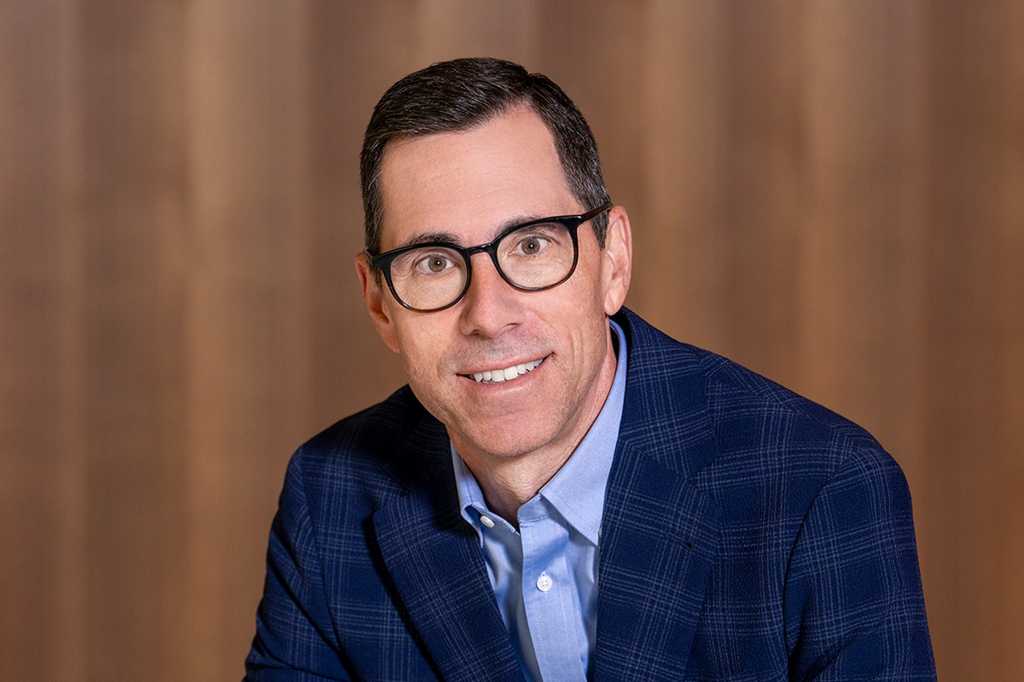By leading with trust and experimentation, the aerospace and defense manufacturer launched a gen AI initiative that’s transforming frontline operations and redefining enterprise innovation.

On his second day as Textron’s global CIO, Todd Kackley found himself in the spotlight. During his first executive staff meeting, CEO Scott Donnelly turned to him and asked, “What are we going to do about generative AI?” There was no room for hesitation. Kackley, a longtime Textron executive who had most recently served as divisional CIO, leaned into the question in a way that would shape the company’s next major technology breakthrough: “Let me demonstrate the value,” he said.
Three months later, he returned to the same room with results that would convince even the most skeptical of leaders. But the story of how Textron, a $13.7 billion industrial conglomerate known for brands like Cessna, Beechcraft, and Bell, accelerated its use of gen AI goes far deeper, and reveals critical lessons for technology leaders everywhere.
A leap, not a request
Kackley didn’t begin with a resource ask. “I had no budget, no tech, and no team for this,” he recalls. “But I had trust. I had a team that had learned how to innovate quickly and take risks.” That trust was hard-earned. Just a few years earlier, he led through personal adversity, including a cancer diagnosis, and discovered the power of vulnerability and transparency. It was a leadership approach that unlocked new levels of trust and creativity within his teams.
His first step as global CIO wasn’t to spin up committees or request compute capacity, but find a meaningful problem and solve it. Partnering with Textron Aviation’s aircraft business unit, his team set out to answer a single question: Can gen AI help junior aircraft mechanics bridge the knowledge gap with veteran technicians?
Given the impending retirements of senior aircraft mechanics with years of specialized knowledge, and the high cost of aircraft downtime, the answer had implications far beyond experimentation.
The team focused on developing a proprietary gen AI solution to augment the work of mechanics. The Textron Aviation Maintenance Intelligence, or TAMI, aggregated decades of maintenance data, repair logs, service manuals, and even Textron’s public YouTube tutorials, to enable the AI-powered assistant. By using a RAG model, mechanics could query the system in natural language and receive precise, contextual answers, often with direct links to the exact frame in a how-to video.
The results were immediate. Senior mechanics were asked to throw their toughest questions at the system, which answered 19 out of 20 accurately, and came impressively close on the remaining one. “That was our moment,” says Kackley. By the time of a follow-up executive staff meeting, Ron Draper, the president and CEO of Textron Aviation had already become an internal champion. As Kackley began his presentation, Draper chimed in and said, “This is a game changer. We need to scale it globally.”
The power of pay-as-you-go
Textron didn’t commit upfront to a massive investment. “I didn’t build an ROI model,” says Kackley. “We just ran a consumption-based, pay-as-you-go proof of concept.” That approach gave the company visibility into what worked before locking in compute or long-term licensing costs. Free from the need to evaluate an ambiguous funding request, senior leaders including Donnelly, a licensed private pilot, personally tested early versions of TAMI. His involvement shaped its evolution and created a united front of support for the technology, sparking excitement and driving adoption across the organization.
By year-end, the solution was being rolled out to over 1,500 mechanics across global service centers, and early indicators suggest dramatic reductions in time spent searching for information and improvements in first-time fix rates. Mechanics also spend less time interpreting manuals and more time turning wrenches. As a result, aircraft return to the sky faster.
Scaling reusability and leading with intent
For Kackley, the project was never just about one use case. He quickly stood up a cross-functional council of high-potential business and IT leaders to ensure use cases could be replicated, not reinvented. A solution built for aircraft repair could easily be retooled for Textron’s industrial or defense businesses. Within weeks, a gen AI solution that was successful in one defense business was cloned for another.
“CIOs often get stuck trying to explain ROI or navigate policy hang-ups,” says Kackley. “We didn’t let policy stall innovation. We treated gen AI like any other tool, with appropriate use and evolving guardrails.”
That same ethos guides his leadership style: act quickly, fail fast, reuse where possible, and empower teams. “Sometimes you get a window of opportunity to show the art of the possible,” he says. “You have to take it, even if you don’t have the resources yet.”
For him, that window opened on day two. And thanks to thoughtful experimentation and relentless execution across the Textron digital ecosystem, the results are now flying worldwide.
Related reading:










